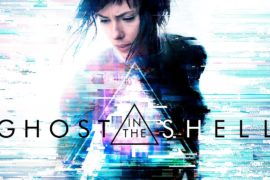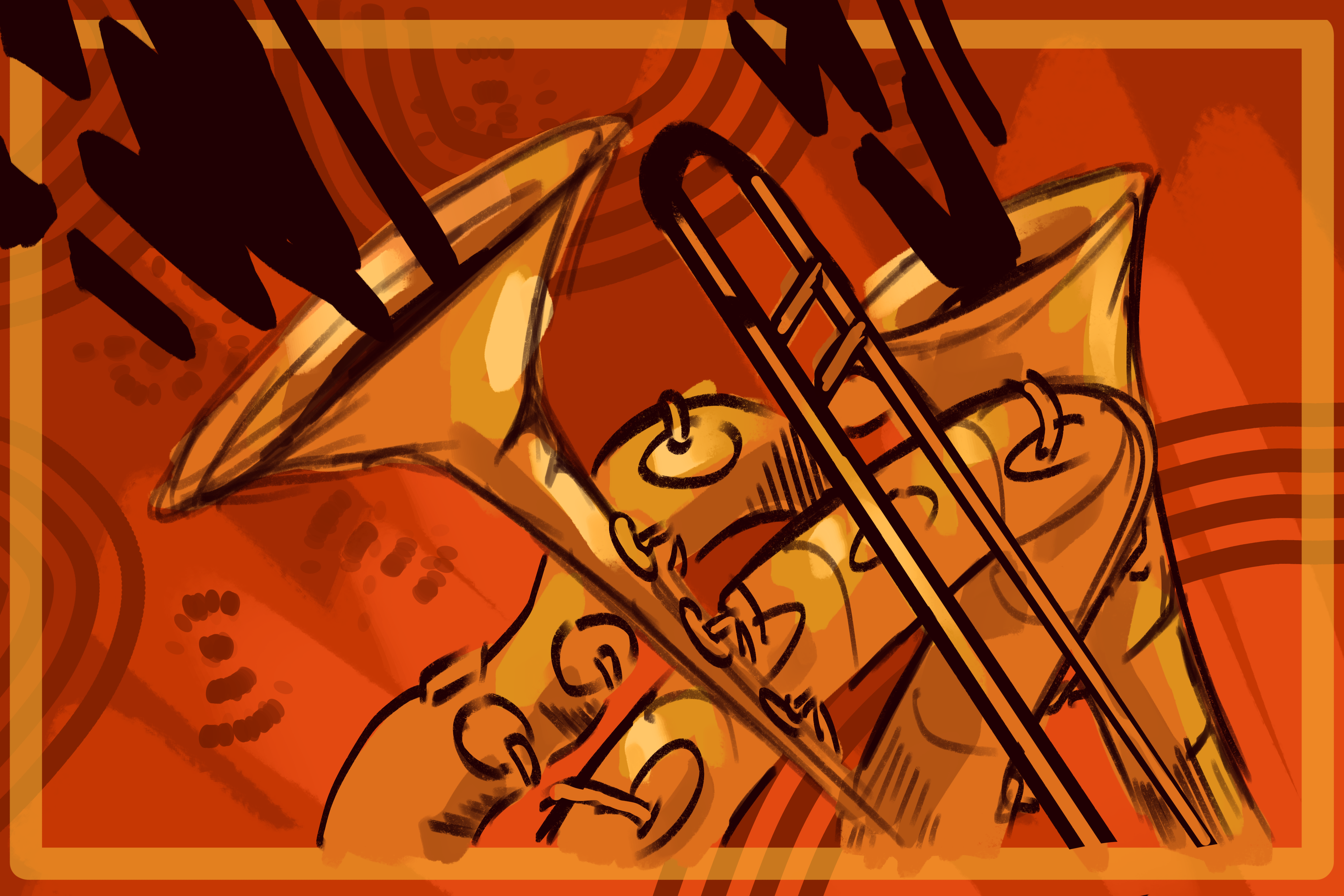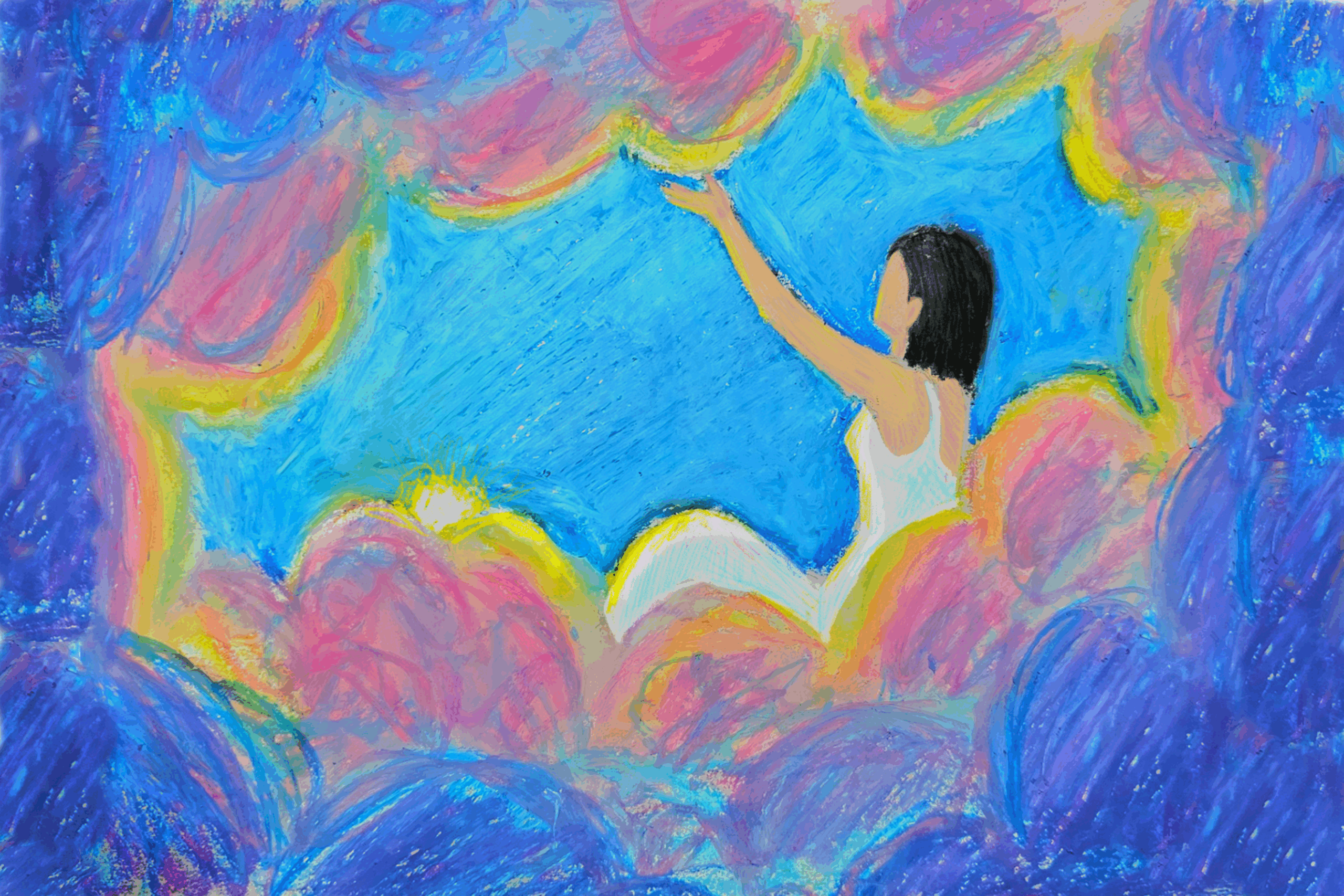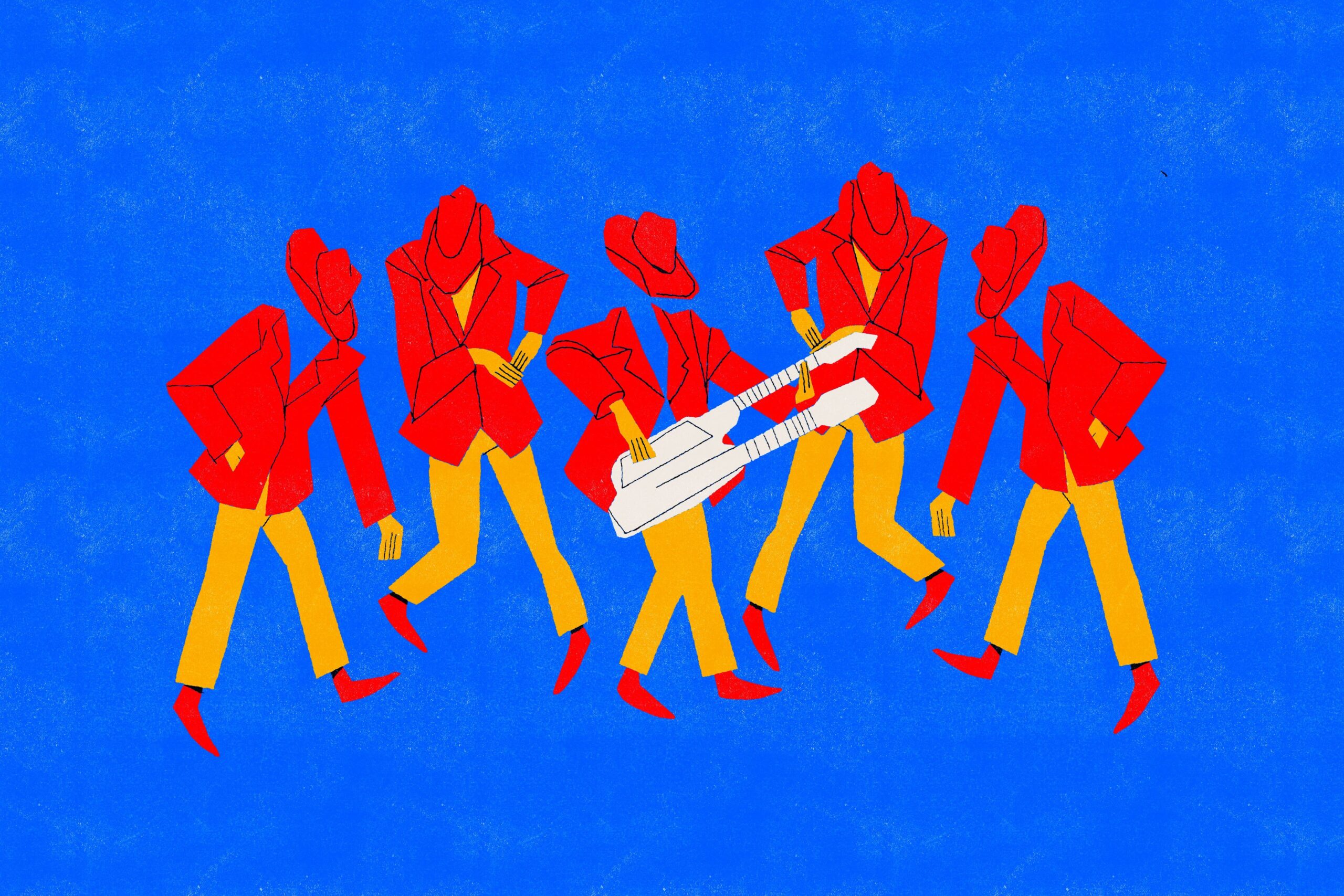Cyberpunk: yesterday’s future, tomorrow. The chrome-plated world of neon lights, bulky tech, synthesizer music, smog-filled alleyways, and supermassive monoliths of unchecked corporate greed. The Sci-Fi subgenre Cyberpunk has never failed to draw me in with more than a little morbid curiosity. I’m an embarrassingly vocal fan of the genre and everything related to it. From films, to music, to tabletop role-playing games, I wear my obsession on my sleeve without a hint of shame. Hell, I’m listening to a playlist I call “Solid Cyberpunk Jamz” as I write this review. [Ed. Note: I’m a great Spotify follow, look me up.]
One of the most tried and true examples of great, grade-A Cyberpunk is Masamune Shirow’s 1995 transhumanist police drama political thriller Ghost in the Shell, based on the 1989 manga of the same name. After nearly three decades, two more theatrical anime films, three animated television series, and an animated TV movie, Ghost in the Shell has finally made it to the big screen with the series’ first dive into the world of live-action.
I would be remiss not to mention the elephant in Ghost in the Shell’s particular room: the blatant whitewashing of its lead characters. Whitewashing is a much bigger issue than I, a twenty-something white male, am capable of handling alone in the space of this review, so I won’t comment on it any further than what I’m about to say.
Whitewashing, the process of replacing non-white characters with caucasian stand-ins, insults non-white viewers by erasing their representation. It marginalizes them, invalidates them, and makes them feel unwelcome and abnormal. It also assumes that all white viewers are stupid, narcissistic, and racist. It’s unacceptable, yet deeply ingrained in the Hollywood culture and I hate it.
Now then, back to the movie.
The music is lovely! It’s uninspired synth droning that’s directly vamped from the original film, but it’s just lovely.
The visuals in Ghost in the Shell are fantastic, and call up a rust-and-chrome world where aesthetic values stopped advancing after 1979. Every inch of the landscape is awash in holographic neon and breathing with digital movement. The world feels lived in. It feels alive. Most importantly, it feels like Ghost in the Shell.
The costuming totally nails the look and style of the original film, with each major character’s iconic outfits being recreated to the last accessory on-screen. The cybernetics are similarly rendered in glowing detail. I don’t think there has ever been as much effort put into the accuracy of an adaptation’s costuming. Ghost in the Shell goes that extra mile, and deserves kudos.
The cinematography and shot design of Ghost in the Shell is stuffed to the gills with visual touchstones and callbacks to its 1995 counterpart. At first it was hard to stop myself from the constant, giddy realization of, “Oh hey it’s that scene from the anime!” While these shots are lovingly recreated and re-worked to suit the film’s story, I did find the use of these touchstones a little annoying after a while. I get it, cinematographer Jess Hall, you did your homework. What do you want, a medal?
You may have noticed that I haven’t discussed the story itself. There’s a reason for this.
Ghost in the Shell’s plot centers on The Major (Scarlett Johannson) a counterterrorist agent and full-blown cyborg in a world full of evil corporations and false memories. She is the first of her kind, seen as a product by the people who created her. She’s a human who gets treated like a robot, like an object, because of her body. This is the primary thematic thrust of the film, and it’s kind of a boilerplate thematic element that we’ve all seen done better in other films. The original film contemplates the whole of humanity as brains in robot bodies, asking, “Where does humanity go after reaching its pinnacle?” The adaptation, however, reduces the issue of “to what extent is a non-human?” singularly onto the Major and treats the issue more as “why am I treated differently?” with her constant pulling of the “it’s because I’m a robot card.” This film, attempting to connect to a modern audience, shirks the original film’s grand transhumanist message and replaces it with a poorly executed allegory for the rights of the individual.
This movie is not well-acted, which is surprising considering the actors involved. Scarlett Johansson’s performance was more stilted and robotic than her performance as an actual robot in Her, and Peter Ferdinando is so oddly over-the-top and out of place in his Evil Corporate CEO role that it feels like he stepped out of a different movie, like one of those 80’s jams about saving the rec center from land developers. These performances not only turn each line delivery into a disconnected attempt at shoving the movie’s message down your throat, but also undermines the “suspenseful” and “intricate” plot in-between all the action sequences. I could not care less what happened to these characters and that genuinely upsets me because I love these characters.
Speaking of the action sequences, boy are they poorly edited and performed. The editing pace switches between “Zack Snyder slow-mo” and “Marvel overly-cut single punch” mode with jarring regularity. This muddling of the action seems almost purposeful, because when the film shows any action in a normal, evenly paced way it feels stilted, poorly executed, and boring. It’s still boring when it’s moving at full-blast, it’s just harder to follow. The fight choreography is uninspired, even when it’s not adapting directly from the original, and I’ve never been less interested to see someone fire a submachine gun while running on a wall.
Ghost in the Shell is a pretty movie. It’s a visual spectacle that will make for great conversation while it plays, sound muted, at your brother’s Christmas party next year. [Ed. Note: He’ll tell you “the show was better” and you’ll call him a nerd, because that’s what you do in those situations.] The story is rote and uninspired, stealing disparate elements from the original film, the television show, and the manga and Frankenstein’s Monster-ing them together to say something completely different. The acting is subpar and the action is muddled by poor execution and frantic editing. In the end, it’s a very pretty movie with a lot of other issues weighing it down. It doesn’t create a good place for newcomers to the franchise and it alienates its baked-in fanbase. Maybe next time. Actually no, never next time.

1 Major Kusanagi out of 5






Leave a Reply